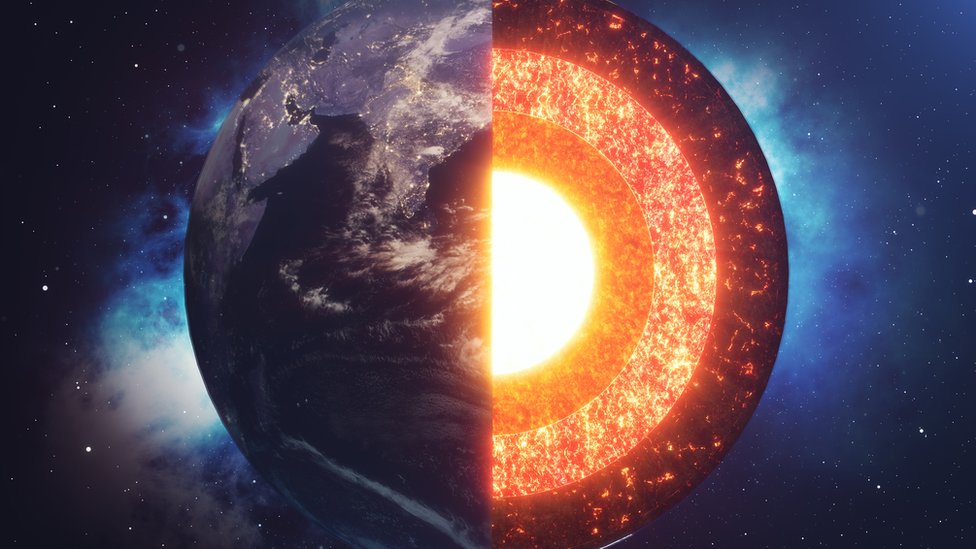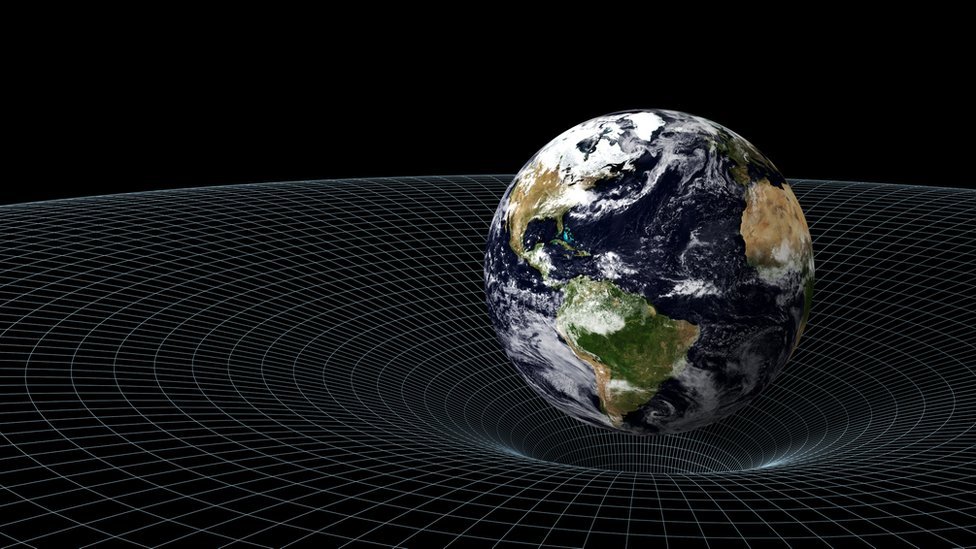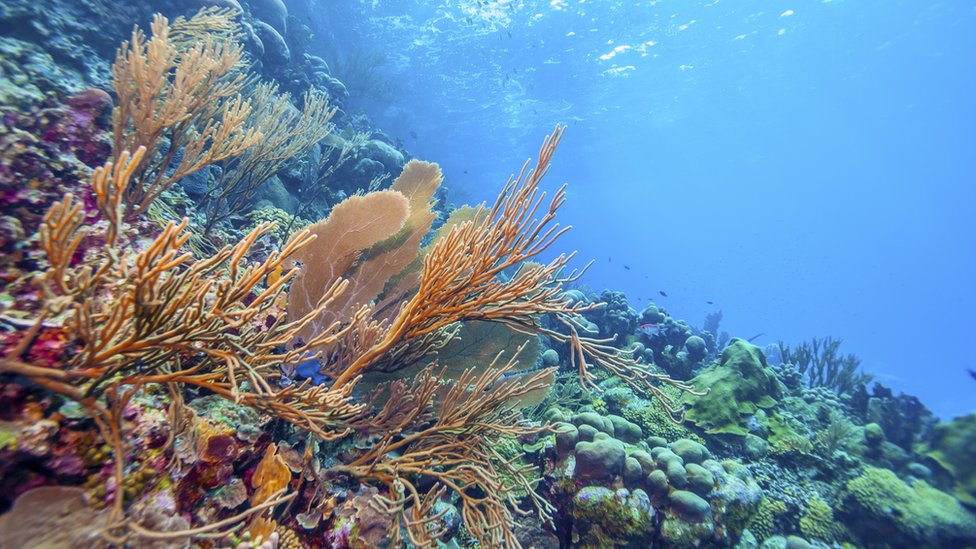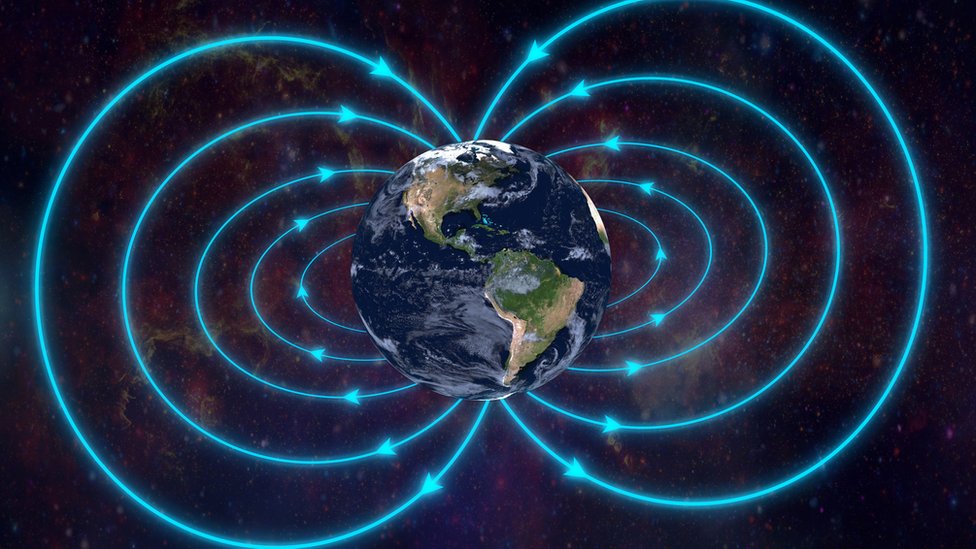April 22, 2024, 7:30 AM
April 22, 2024, 7:30 AM
Every April 22, International Earth Day is celebrated. The date chosen by the UN to honor our planet remembers the events of April 22, 1970, when 20 million people took to the streets from major cities in the United States to protest the damage that human activity was causing to the environment.
For Earth Day, we’re taking a look back at some fascinating facts about the planet we call home.
1. The Earth is not a perfect sphere
Our planet is usually represented as a perfect sphere, but that is not its precise shape. The Earth is flattened at the poles, so Its shape is more like a oblate spheroid.
As happens on other planets, the effect of gravitation and centrifugal force produced by rotation on its axis generates polar flattening and equatorial widening. Thus, the diameter of the Earth at the equator is about 43 kilometers greater than the diameter from one pole to the other.

2. Water covers more than 70% of the Earth
On Earth, water is found in solid, liquid and gaseous state.
Furthermore, it covers three-quarters of the earth’s surface in the form of swamps, lakes, rivers, seas and oceans.
The latter contain around 97% of all the water on the planet.
3. The border between Earth and space is 100 kilometers high
It is considered that the boundary between the atmosphere and space is called Kármán linewhich is 100 km above sea level.
75% of the atmospheric mass is found in the first 11 km of altitude from the sea surface.
4. The Earth is an iron planet
Earth is the densest and fifth largest planet in the solar system.
The most present chemical elements are iron (about 32%), oxygen (about 30%), silicon (about 15%).
Scientists believe that the Earth’s core is composed primarily of iron (about 88%).

5. Earth is the only known planet with life
The Earth is the only astronomical body in which we have been able to confirm that there is life.
Currently there are around 1.2 million species of animals catalogedalthough scientists believe that is only a small percentage of the total.
The Earth formed approximately 4.5 billion years ago and life has been present on it for much of that period.
The physical properties of the Earth, its geological history and its orbit have allowed life to exist for millions of years.
6. Gravity is not the same everywhere on Earth
Since our planet is not really in the shape of a sphere and, furthermore, the Earth’s soil is irregular and the mass is not distributed in a perfectly homogeneous way, there is variations in the value of the gravitational field.
Thus, for example, as we move from the equator towards the poles, the intensity of the gravitational field gradually increases, although the difference is imperceptible to humans.

7. Earth is a planet of extremes
Our planet is full of contrasts. The variety of its geographical areas and climates means that practically each region has its own particularities.
There are several candidates to be considered the warmest places on Earth, but the place with the highest temperature ever recorded is located in the death Valley in USAwhere on July 10, 1913 the thermometer rose to 56.7 °C.
At the other end is the Antarctica. At the Vostok station on July 31, 1983, the measuring instruments reached −89.2 °C.
8. The largest living structure on Earth
The Great Barrier Reeflocated off the coast of Australia, is the largest single structure made up of living organisms on the planet, to the point that it is the only one that can be seen from space.
It extends for more than 2,000 kilometers and is home to thousands of marine species.
In 1981, it was declared a World Heritage Site by UNESCO.

9. Earth is the only planet in the solar system with active tectonic plates
The movement of these plates causes the surface of our planet to be constantly changing.
Furthermore, they are the responsible for mountain formation, seismicity and volcanism.
The cycle of these plates also plays an essential role in regulating the Earth’s temperature, contributing to the recycling of greenhouse gases such as carbon dioxide, through the permanent renewal of the ocean floor.
10. The Earth has a protective shield
He magnetic field terrestrial acts as a shield against the continuous bombardment of solar particles.
This field extends from the Earth’s inner core to the boundary where it meets the solar wind.
Among other things, the magnetic field also helps the orientation of some animals and ours, with the use of compasses.

Now you can receive notifications from BBC News Mundo. Download the new version of our app and activate them so you don’t miss our best content.

















